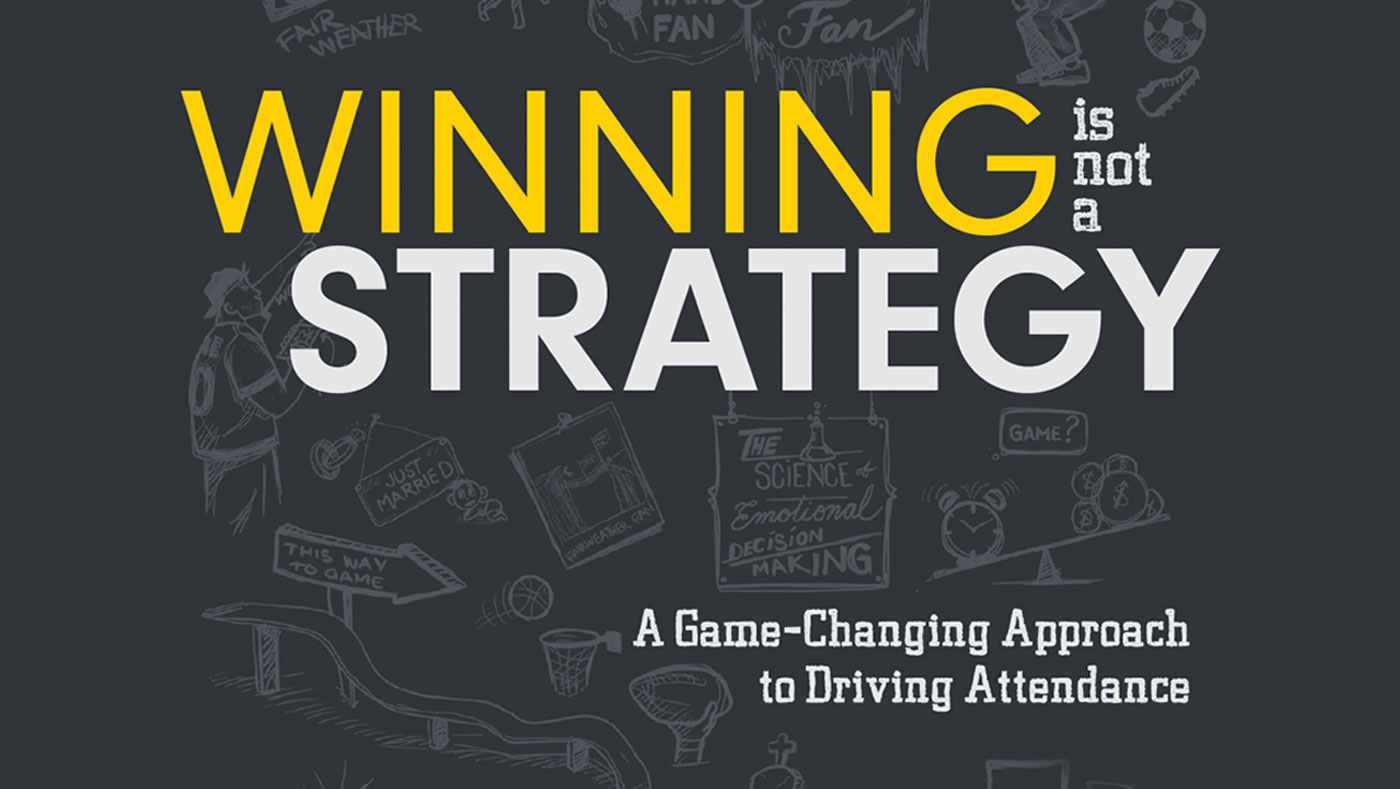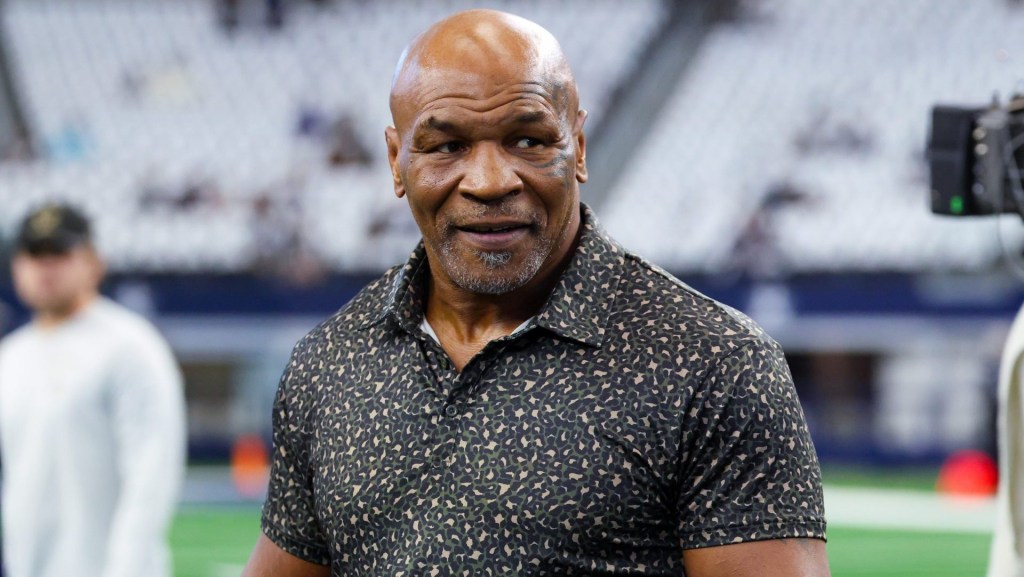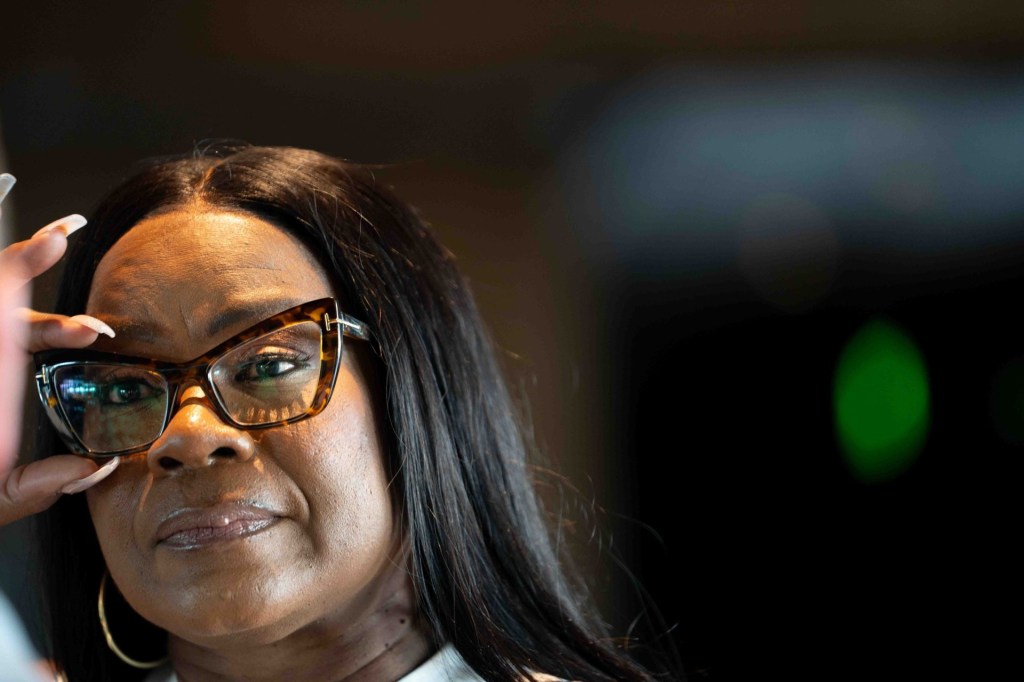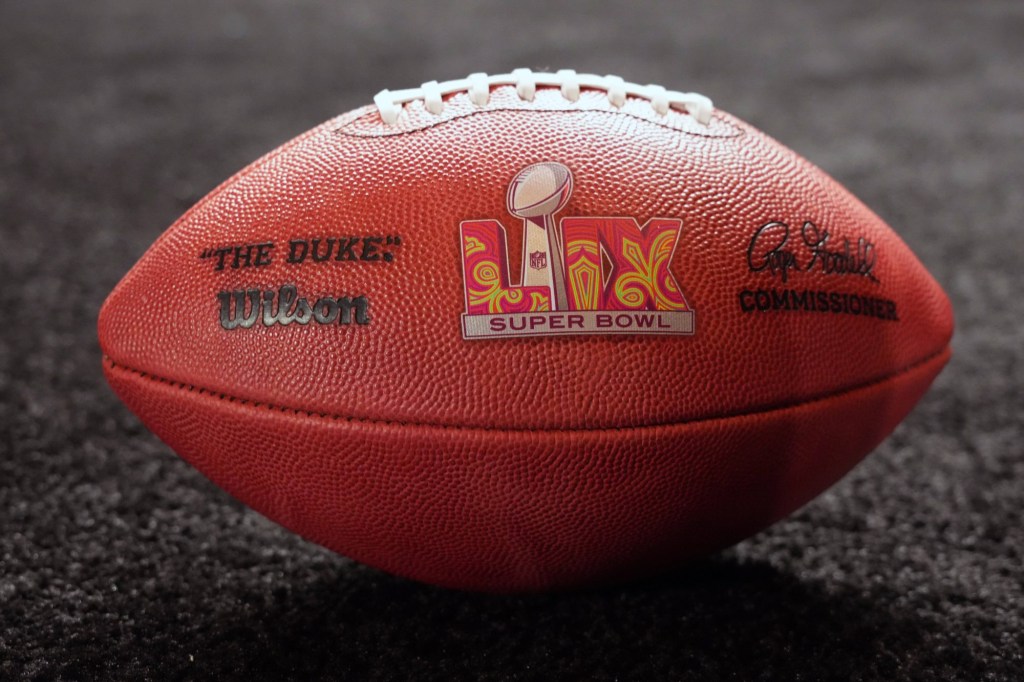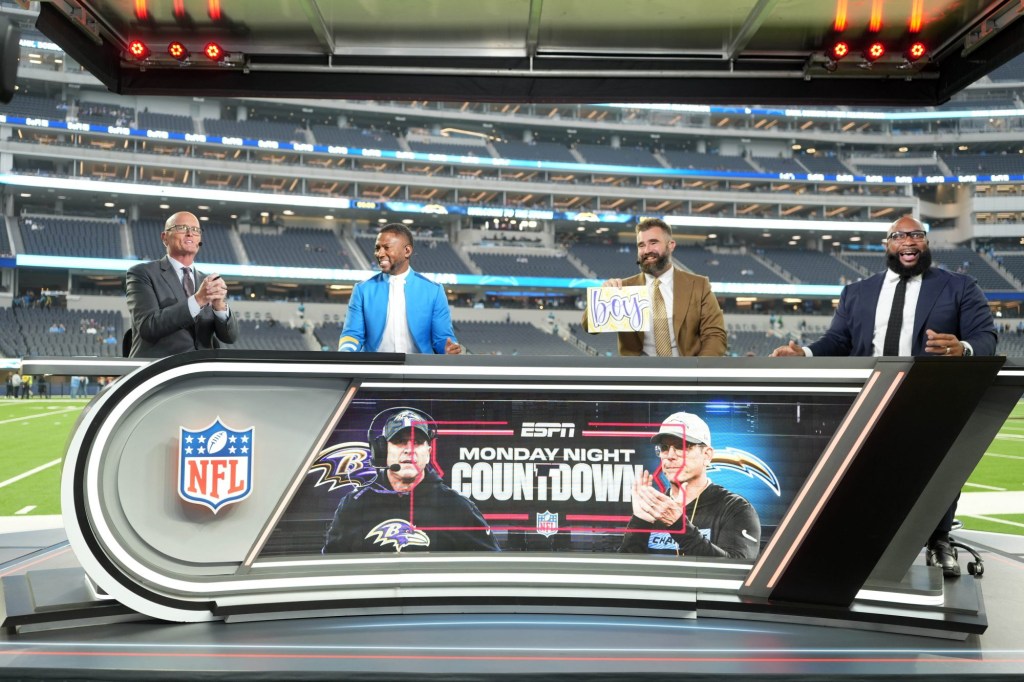 (*Old Hat is a Proud Partner of Front Office Sports)
(*Old Hat is a Proud Partner of Front Office Sports)
There is one thing that Zac Logsdon would like to see end: an emphasis on winning as a strategy when it comes to marketing, specifically in college athletics.
A 20-year vet of the industry, Logsdon has seen far too many programs and marketers depend on the silver bullet that is winning when it comes to delivering marketing KPIs.
Having been in the industry for a better part of two decades, Logsdon decided to take what he had learned and turn it into a book that was built for helping industry professionals adapt to the current market. Thus, ‘Winning is Not a Strategy’ was born.
With the new year right around the corner and more entertainment at our fingertips than ever before, winning may help get people in the gates, but it will never be the only thing that makes them stay.
“Twenty years ago was the first time I heard somebody say that ‘if we just start winning games, attendance will take care of itself.’ At that time I remember even wondering ‘why do we have jobs? Why are we in marketing, if we’re just relying on the team to do our jobs for us?’”
READ MORE: The Importance of Useable Data for Colorado State Athletics
The Nebraska Cornhuskers football team is arguably the best case study in driving attendance even when the product on the field is not as superior as it once was. From 1970 to 2004, the program only had one losing season (2004). Since then, the program has had four losing seasons with the last two years featuring identical records of 4-8. Yet, since 1962, Nebraska has sold out an NCAA-record 368 consecutive games at Memorial Stadium.
The teams that Logsdon sees as having the most promise are MLS teams as the league — and soccer in general — is about the experience and not just winning and losing.
“Major League Soccer defies all logic when it comes to the normal rules. They have teams that have bad records year over year and attendance increases. They have teams who get better every year and attendance decreases. It’s because the culture of soccer isn’t about winning and losing. It’s about being there.”
The “being there” culture is something that Logsdon believes all sports should champion and one that recent industry trends have suggested that the tide is beginning to turn.
“That’s what we have to figure out how to adapt to and transition to every other league. For years, athletics treated their product as if it was a privilege to consume and fans showed up no matter what.”
No longer a privilege, fans have been finding other ways to consume games whether it is on their mobile devices or on TV. In fact, in 2017, the Football Bowl Subdivision (FBS) saw its largest year-over-year attendance drop in 35 years.
Logsdon points to the fact that games can be watched anywhere and at any time, no longer making them a commodity that had to be watched live.
[mc4wp_form id=”8260″]
How does one go about fixing the problem? Figuring out that like other brands, what sports teams and athletic programs are actually selling is a product before anything else.
“If we’re going to drive attendance and keep people coming back, we have to be far more strategic and treat our product as if it’s a product,” said Logsdon. “It has to be looked at the same way that a company like Mars treats products like Snickers. Sports is a product and we have to highlight the reasons that you should consume it and then we have to advertise those reasons.”
Why might this be difficult? Because for Logsdon, “sports has never had to do it before.”
Is there a solution to fixing what has been the norm for so long? While there are different roads to approaching some sort of fix, the biggest catalyst to change comes from the top, a place where Logsdon believes complacency has created a lack of innovation.
READ MORE: University of Florida Looks to Drive Engagement With On-Court Projection
“The problem with sports, especially collegiate athletics, is that we treat marketing as a one-size-fits-all solution. Stanford did it, so Syracuse should do it too. That’s not the case. You have to figure out what’s unique about your product, what’s unique about your audience, who your audience is, where they live, and how much money they make, rather than just saying, ‘here’s a video that shows a touchdown pass, and it’s exciting, and you should come.’”
From relying on social media and “fire” poster designs, resting on laurels has driven many to scratch their heads as to why even though they have the best poster in college athletics, attendance is down.
While he may not have all the answers, Logsdon knows one thing: winning is most definitely not a strategy.
You can buy Zac’s new book at WinningisNotaStrategy.com.
(*Old Hat is a Proud Partner of Front Office Sports)
